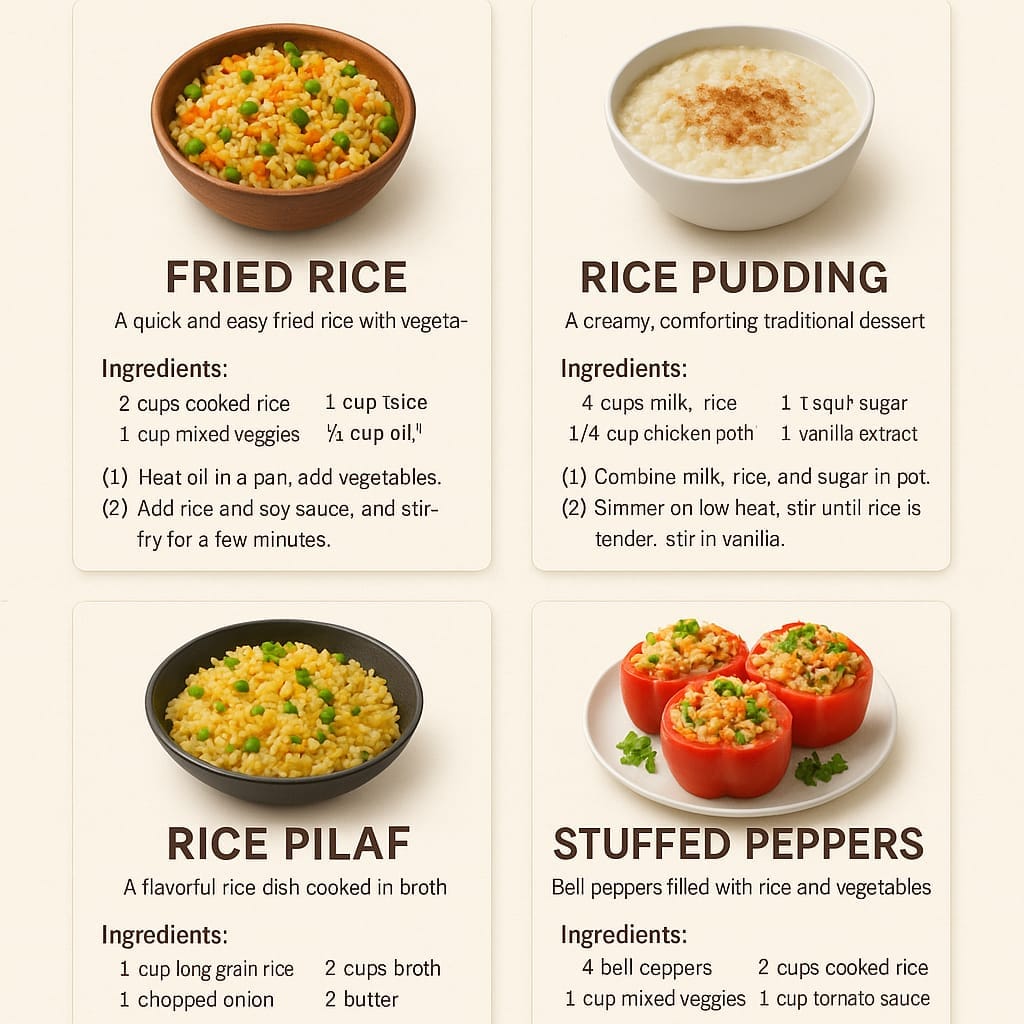Looking to enhance your website’s visibility on search engines? Learn how to enable rich snippets to boost your SEO, improve click-through rates, and provide users with more useful information directly in search results.
Rich snippets (also known as rich results) are a special type of snippet that
goes “beyond the standard blue link.” They display additional information
such as carousels, pictures, or star-ratings. From a user perspective, they
are more eye-catching and provide more information about what to expect
on your site, potentially increasing your CTR.
How are rich snippets created? Oftentimes, search engines, such as
Google, use the meta description of the landing page as well as the meta
title for the snippet. However, Google can build the snippet from any text
on the page.
As the first order of business, check whether your page supports rich
snippets with the Google Rich Results Test. If the answer is yes, great
news! You can add all kinds of structured data markups that will enhance
your site’s appearance on SERPs and draw in more visitors.
Want an easy guide to creating rich
snippets for your website? Ryte’s got you.
Tips for rich snippets:
- Experiment with different ways
to implement rich snippets, e.g.
microdata in HTML5. - Frequently use Google’s Rich
Results tool for testing. - Allow several weeks before rich
snippets become visible in search
results.

Unlocking the Power of Rich Snippets with ChatGPT: A 600-Word Guide
In the ever-evolving landscape of digital marketing, enhancing your website’s visibility on search engine results pages (SERPs) is paramount. One effective strategy to achieve this is by implementing rich snippets. These enhanced search results provide users with more detailed information, making your content stand out. Leveraging ChatGPT for creating and optimizing these rich snippets can be a game-changer, especially for those without extensive coding expertise.
Understanding Rich Snippets
Rich snippets are search results that go beyond the standard title, URL, and meta description. They incorporate additional data, such as star ratings, product prices, or event dates, directly into the search result. This enriched information not only attracts more clicks but also improves the user experience by providing immediate answers to their queries.
The Role of Schema Markup
At the heart of rich snippets lies schema markup. This structured data, written in formats like JSON-LD, Microdata, or RDFa, helps search engines understand the content of your pages more effectively. By marking up your content with appropriate schema types—be it for products, reviews, FAQs, or events—you enable search engines to display your information in a more informative and engaging manner.
ChatGPT: Your Ally in Schema Markup
Creating schema markup manually can be a daunting task, especially for those without a technical background. This is where ChatGPT comes into play. With its advanced language processing capabilities, ChatGPT can assist in generating accurate and efficient schema code tailored to your content.
For instance, by providing ChatGPT with specific details about your webpage—such as the type of content, key attributes, and any relevant data—you can receive a well-structured schema markup in JSON-LD format. This not only saves time but also ensures that your markup is correctly formatted and optimized for search engines.
Implementing Rich Snippets with ChatGPT
To effectively implement rich snippets using ChatGPT, follow these steps:
- Identify the Content Type: Determine the nature of your content—whether it’s a product page, a review, an event listing, or a FAQ section.
- Gather Relevant Information: Collect all necessary details about your content, such as product names, prices, ratings, event dates, or question-answer pairs.
- Engage ChatGPT: Provide ChatGPT with the gathered information and request it to generate the appropriate schema markup. For example: “Please generate a JSON-LD schema markup for a product page featuring a wireless mouse priced at ₹999 with a 4.5-star rating.”
- Integrate the Markup: Once ChatGPT provides the schema code, integrate it into the
<head>section of your webpage’s HTML. - Test and Validate: Use tools like Google’s Rich Results Test or Schema Markup Validator to ensure that your markup is correctly implemented and eligible for rich snippets.
Best Practices for Optimizing Rich Snippets
While ChatGPT can assist in generating schema markup, it’s essential to follow best practices to maximize the effectiveness of your rich snippets:
- Be Specific: Provide detailed and accurate information to ChatGPT to ensure the generated schema is precise.
- Stay Updated: Regularly update your schema markup to reflect any changes in your content or offerings.
- Monitor Performance: Use analytics tools to track the performance of your rich snippets and make adjustments as needed.
- Comply with Guidelines: Ensure that your schema markup adheres to the guidelines set by search engines like Google to avoid penalties.
Conclusion
Incorporating rich snippets into your SEO strategy can significantly enhance your website’s visibility and user engagement. By leveraging ChatGPT’s capabilities to generate accurate and optimized schema markup, you can streamline the process and achieve better results. Remember, the key to successful rich snippets lies in providing valuable and structured information that meets the needs of both users and search engines.
Continue your 30 days Digital Marketing Journey by clicking on the link below
DAY 25Add Structured Data to your pages
If you are visiting this post for the first time then click on this link to visit the table of content of the 30 Day’s Digital marketing journey Learn digital marketing in next 30 days
